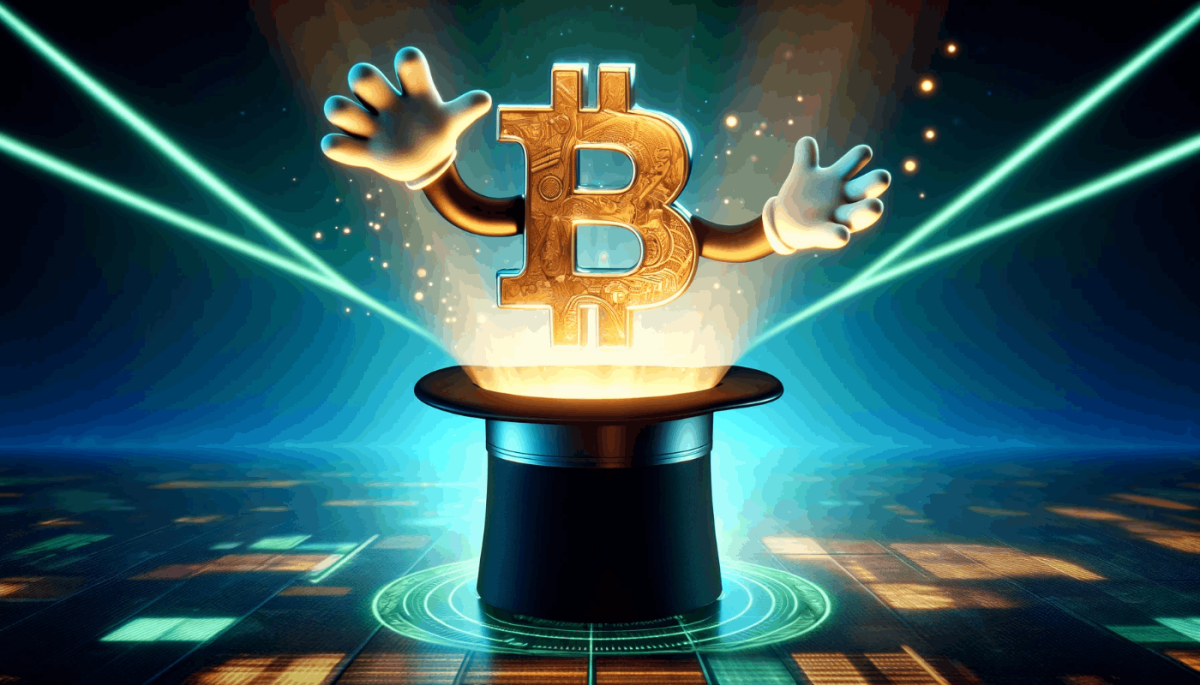In a significant move, India and Russia have decided to no longer conduct trade in dollars. This shift aims to strengthen their bilateral trade relationship and reduce reliance on the U.S. dollar amidst growing geopolitical tensions.
Points
- India and Russia decide to no longer trade in dollars.
- Shift aims to strengthen bilateral trade and reduce reliance on the U.S. dollar.
- India to use the North-South International Transport Corridor (INSTC) to increase exports to Eurasia.
The 22nd annual Russia-India summit marked a significant shift in the bilateral trade relationship between the two countries. Indian Prime Minister Narendra Modi and Russian President Vladimir Putin announced that India and Russia would no longer conduct trade in dollars. This move is part of a broader strategy to strengthen their trade ties and reduce reliance on the U.S. dollar amidst growing geopolitical tensions.
During the summit, Modi praised Putin’s leadership, highlighting Russia’s support in protecting India from inflation caused by rising energy prices. The two countries aim to increase their trade exchanges to $100 billion per year by 2030, with nearly 60% of transactions already conducted in their national currencies.
One of the key initiatives discussed was the use of the North-South International Transport Corridor (INSTC), a 7,200-kilometer-long multimodal corridor that passes through
- – start content —
Iran. This corridor is expected to boost India’s exports to Eurasia, helping to balance the trade deficit with Russia. Currently, Russia’s exports to India amount to about $60 billion, compared to just $4 billion in imports.
Dedollarization
Andrey Kostin, CEO of VTB Bank, emphasized the need for a broader vision in developing a new international transaction system that includes Southern countries. This system would allow transactions in national currencies, reducing dependence on the U.S. dollar and mitigating the impact of Western sanctions.
Kostin discussed the deployment of the Rupay and MIR credit card systems in both countries, highlighting the challenges posed by sanctions and the incomplete convertibility of the rupee. Despite these challenges, both sides are showing a constructive attitude towards resolving these issues.
Russia is also seeking to invest its rupee reserves in Indian high-tech projects and is asking India to use the Northern Sea Route alongside the INSTC. These initiatives complement the Chinese Belt and Road Initiative (BRI), further integrating the economic interests of the region.
BRICS and Bitcoin
In an unexpected announcement, President Vladimir Putin proposed the creation of a BRICS parliament. This international institution would strengthen the voice of BRICS countries in global affairs and could facilitate sanctions against the West. The upcoming BRICS summit in Kazan is expected to discuss this proposal and potentially announce a new international payment system.
China has already taken steps towards dedollarization by signing an agreement with the United Arab Emirates and conducting a transaction in digital yuan to settle oil imports. Russia’s proposed “BRICS Bridge” would be a multilateral digital settlement and payment platform, integrating the financial markets of BRICS member countries. This initiative, presented at the BRICS Parliamentary Forum in Saint Petersburg, aims to outdo the dollar and the SWIFT network.
Analysis
India and Russia’s decision to move away from the U.S. dollar in their bilateral trade reflects a strategic shift in response to geopolitical tensions and economic sanctions. By strengthening their trade relationship and developing new payment systems, both countries aim to reduce their vulnerability to external pressures.
The use of the INSTC and the Northern Sea Route will enhance trade connectivity between India and Russia, providing new opportunities for economic growth. The proposed BRICS parliament and the “BRICS Bridge” payment platform indicate a broader trend towards dedollarization and the creation of alternative financial systems.
As global economic dynamics continue to evolve, the ability of countries to adapt and develop new trade and financial mechanisms will be crucial. India’s collaboration with Russia and its participation in BRICS initiatives highlight the importance of strategic partnerships in navigating the complexities of the modern global economy.
